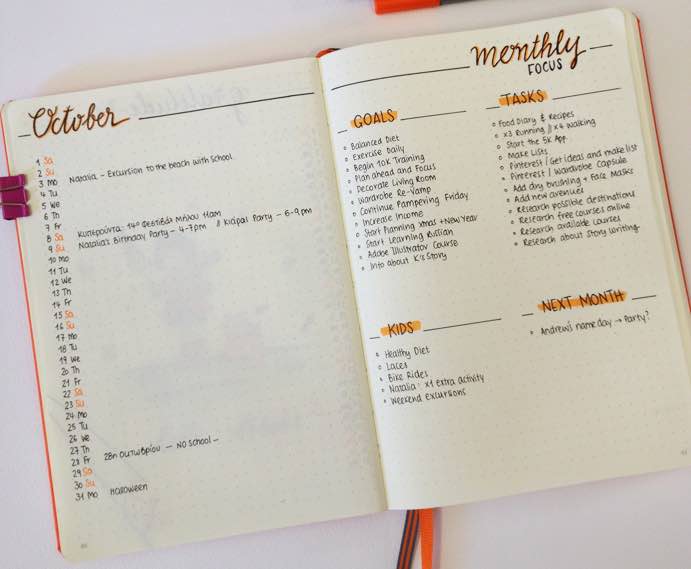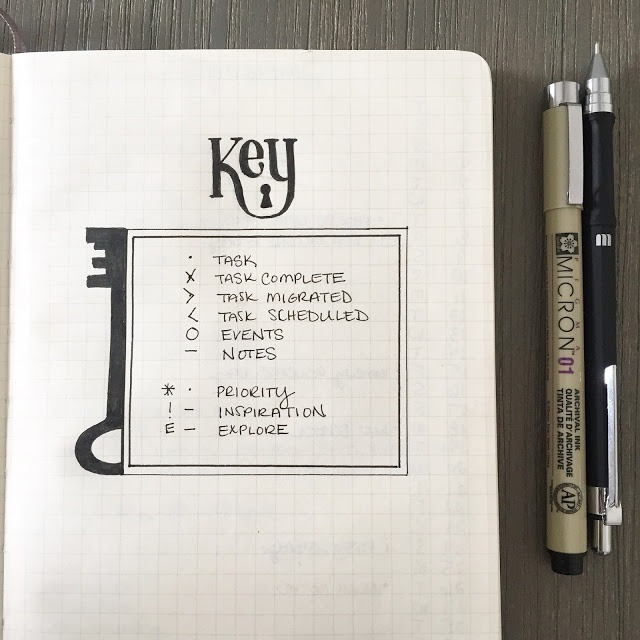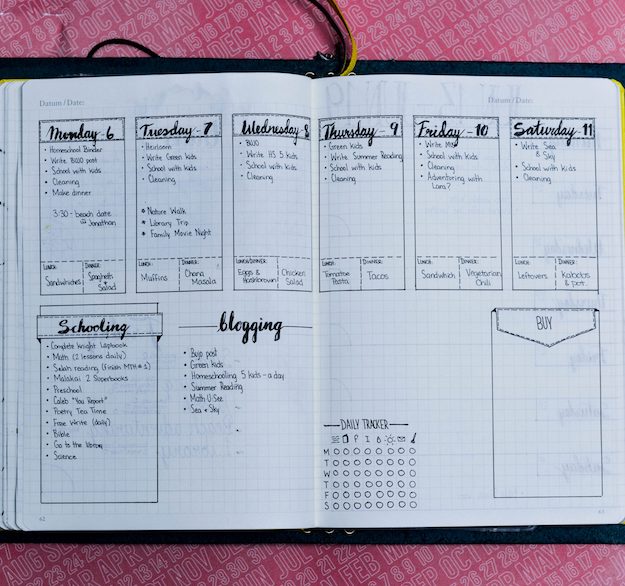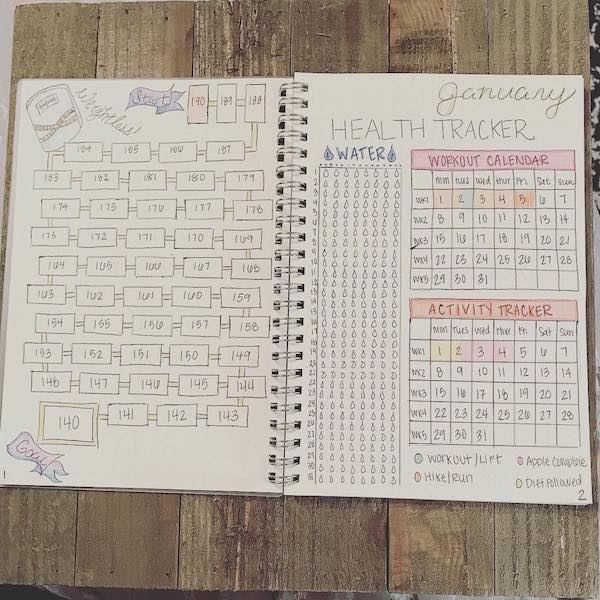If you are someone who follows productivity trends, you have seen and heard the term “bullet journal.” A customizable system of staying organized, a bullet journal is one of the most popular methods of increasing productivity. This productivity method can be tweaked to fit the needs of just about anyone. Let’s take a look at all of the benefits keeping a bullet journal can offer.
What Is a Bullet Journal?
Traditionally, bullet journals use a regular notebook, but you don’t even need a notebook. Any paper will do. This productivity method is equal parts planner, diary and system to help bring all of the chaos in your life under control. That includes your to-do lists, notes, things you want to do and more. Are you someone who loves a good day planner or has too many to-do lists around your kitchen or home office? Bullet journaling could very well be for you.

Getting started with this method can be a little daunting. Many terms are thrown at you right away. Ultimately, each of these is designed to ensure you are as productive as possible.
- Bullet Journal: method of journaling that uses bullet points as its main/core structure.
- Daily Log: tasks/items you need or want to get done today.
- Monthly Log: more of a traditional monthly calendar which includes things you want to accomplish/finish/perform that month.
- Index: table of contents that you can update as you go in order to stay organized.
- Rapid Logging: the language used in bullet journaling. This is “how” you will capture information as part of a bulleted list.
- Future Log: this is looking at the year holistically, allowing you to add in events, long-term wishes/wants and anything you want to do or accomplish within a 12-month period.
How to Use a Bullet Journal
One of the biggest ways that bullet journals differentiate themselves from other productivity methods is the unique symbol system for organization. While it may be intimidating to look at a blank notebook and figure out what to do next, the bullet journal system makes it easy.

- Tasks are represented by a “•”. Using a dot instead of a checkbox helps keep everything cleaner. When a task is complete, the dot should be an “X” so you know to move on to something else. Make a list daily of tasks to stay productive and on track.
- Events are represented by an open circle “O.” This can be anything from remembering someone’s birthday to a due date for a work project. As long as it’s date oriented, it falls under events.
- Notes are represented with a dash “-”. This will include anything that falls under the idea of thoughts, facts, observation or other captured information you want to remember. Add anything that comes to mind each day.
- Priority items are represented by an asterisk “*”. Priority items encompass anything that needs to be finished as fast as possible. This would likely be in addition to a task, event or note and not a replacement for them.
- Inspiration is represented by a “!”. These are any new ideas or insights, and similar to priority items, should be in addition to one of the three primary bullet journal symbols.
The best advice for starting a bullet journal is to keep this key at the front or on the last page of the journal for quick reference. Hopefully, each symbol should become second nature after a few days, but having a key index to reference is always helpful.
How Can Bullet Journals Help?
Now that you have a good sense of what a bullet journal is and how it’s organized, it’s time to look at how it can really help. The most important thing to consider is that bullet journals promote and encourage organization. Because it’s a visual system, it’s easy to visualize everything you want and need to do on that day, the next day and the week ahead. Instead of worrying about using an app on your phone as well as pen and paper on your desk, everything is all in one place.

Goals are particularly useful to visualize in a bullet journal layout. Instead of using a single list that you can check off as you go, make it visual so that it feels a little more gamified. This way you can celebrate your successes by seeing them checked off as part of your bullet journal list.

For many people, showing off their creative side is something they can only do when limited time allows. However, a bullet journal not only invites you to bring out your inner artist, it nearly demands it. There is no one-size-fits-all design and that is the beauty of the bullet journal concept. You can make it your own in one color or in seventeen colors. Use boxes, circles and triangles to make your bullet journal template, if you choose. The more time you spend on making your journal your own, the more likely you are to use it and complete goals and check off to-do lists.
One final area that can go unnoticed with bullet journals is that they not only help you visualize your goals but see your progress as you begin a journey. Beginning your first bullet journal, you may find that not only do you want one to stay organized at work, but that you also want one for tracking workouts and healthy meals. A bullet journal weekly spread can help you plan yours workouts to stay on track.
Final Thoughts
There is no question that bullet journaling requires a commitment, but the payoff makes it well worth jumping into this world. Between the significant increases in personal organization, artistic opportunities and the payoff of seeing your goals completed one by one, this is a great tool for anyone.
Image Credit: The Vintage Wren, Homeschool On, The Gal of All Trades Instagram, Square Lime Designs

